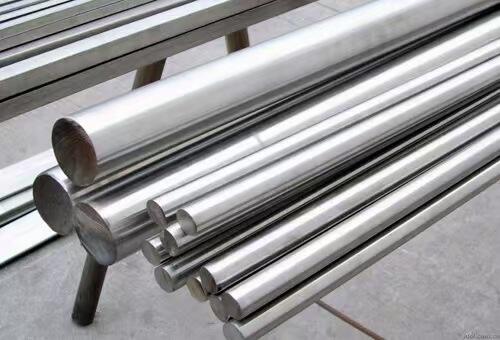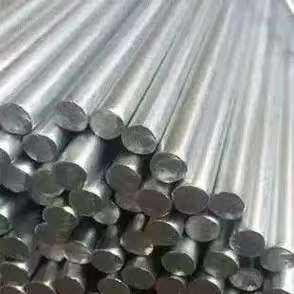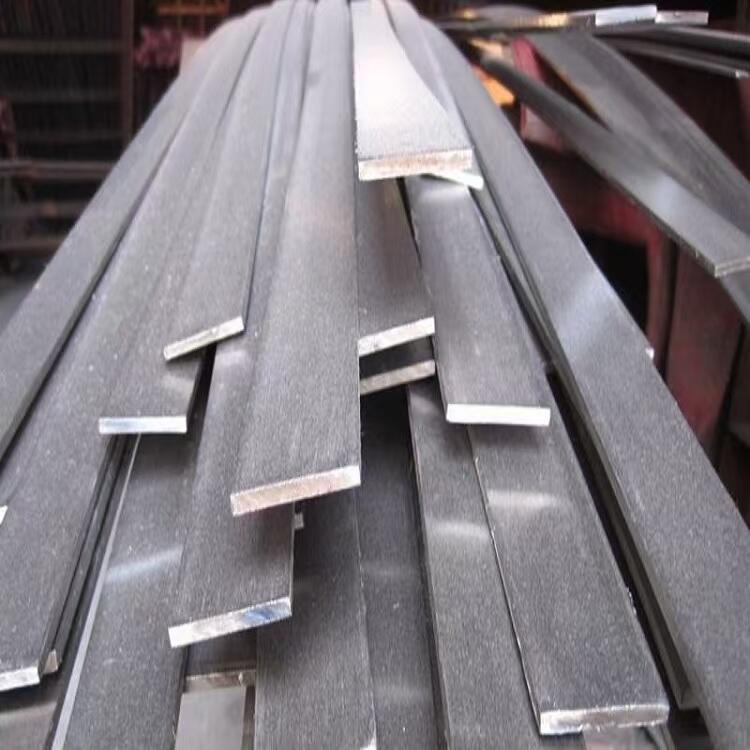cost of galvanized pipe
The cost of galvanized pipe represents a crucial consideration in construction and plumbing projects, offering a balance between durability and economic value. Galvanized pipes, created through a protective zinc coating process, typically range from $2 to $8 per linear foot, depending on diameter and wall thickness. These pipes feature a zinc coating that provides exceptional corrosion resistance, extending their lifespan significantly compared to standard steel pipes. The initial investment in galvanized pipes often proves cost-effective due to their longevity, potentially lasting 40-50 years under proper conditions. Market prices fluctuate based on factors including raw material costs, manufacturing processes, and market demand. The galvanization process, which involves dipping steel pipes in molten zinc, adds approximately 30-40% to the base cost of standard steel pipes but delivers superior protection against rust and corrosion. Installation costs typically range from $100 to $300 per connection, varying by project complexity and location. When considering total ownership costs, galvanized pipes offer substantial value through reduced maintenance requirements and extended service life.




